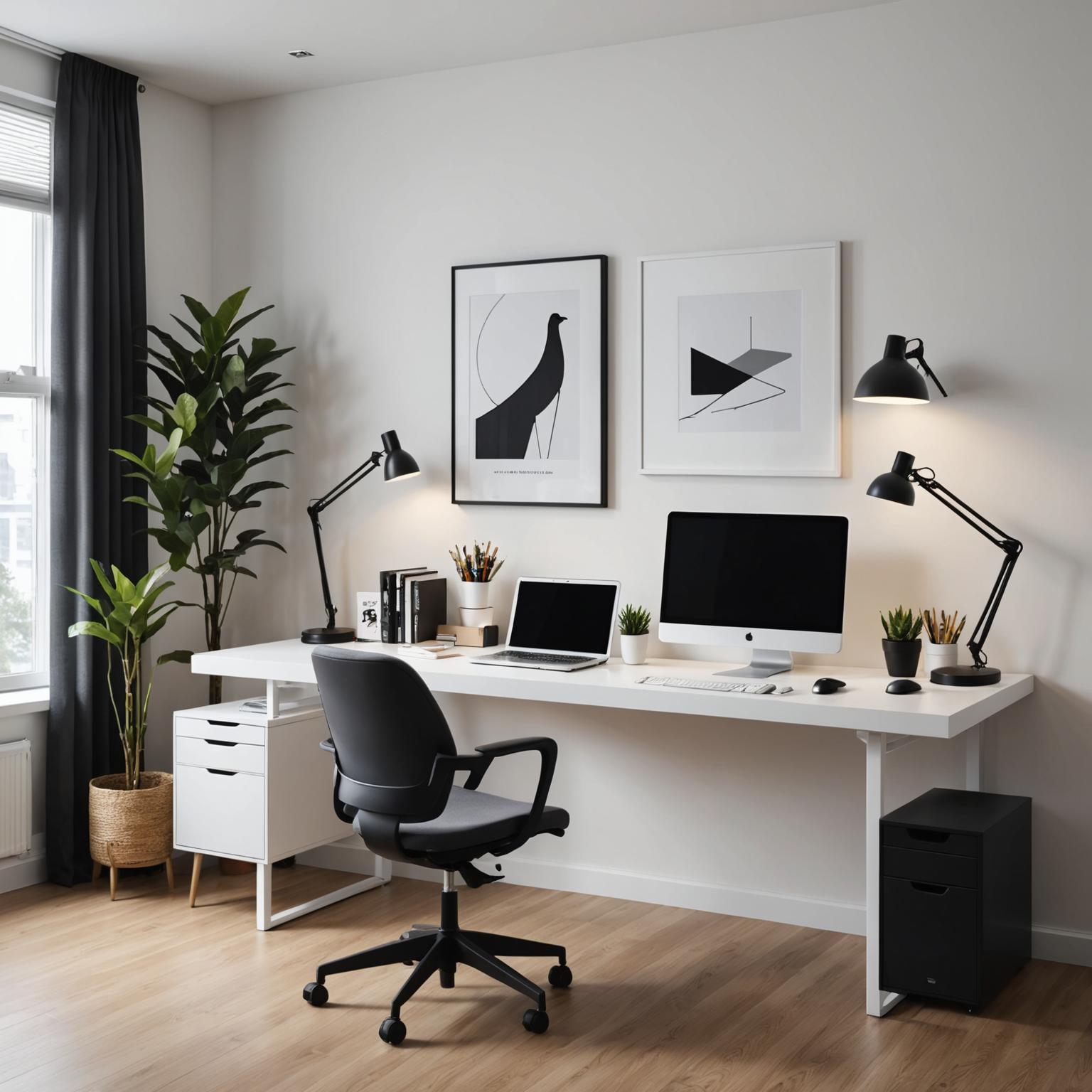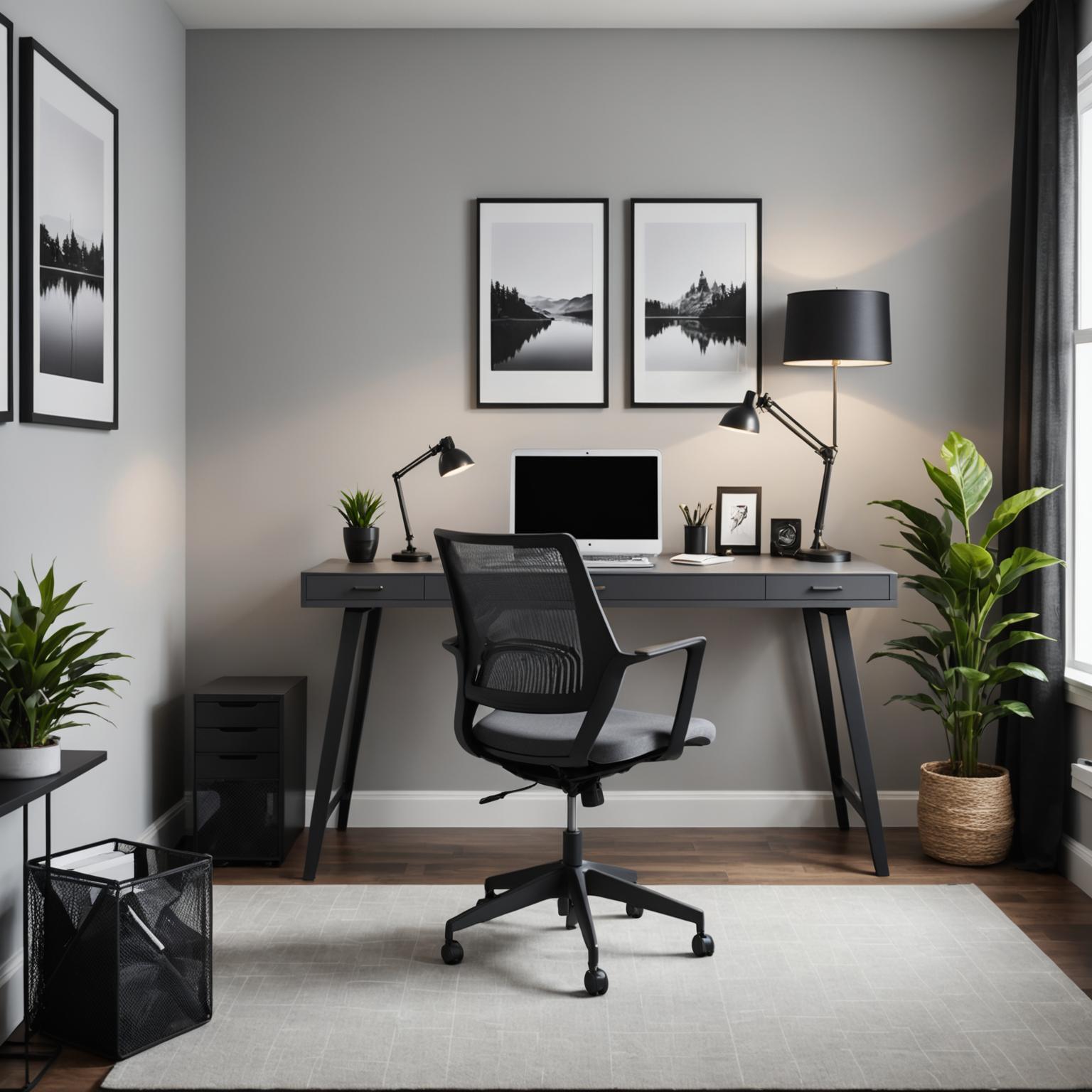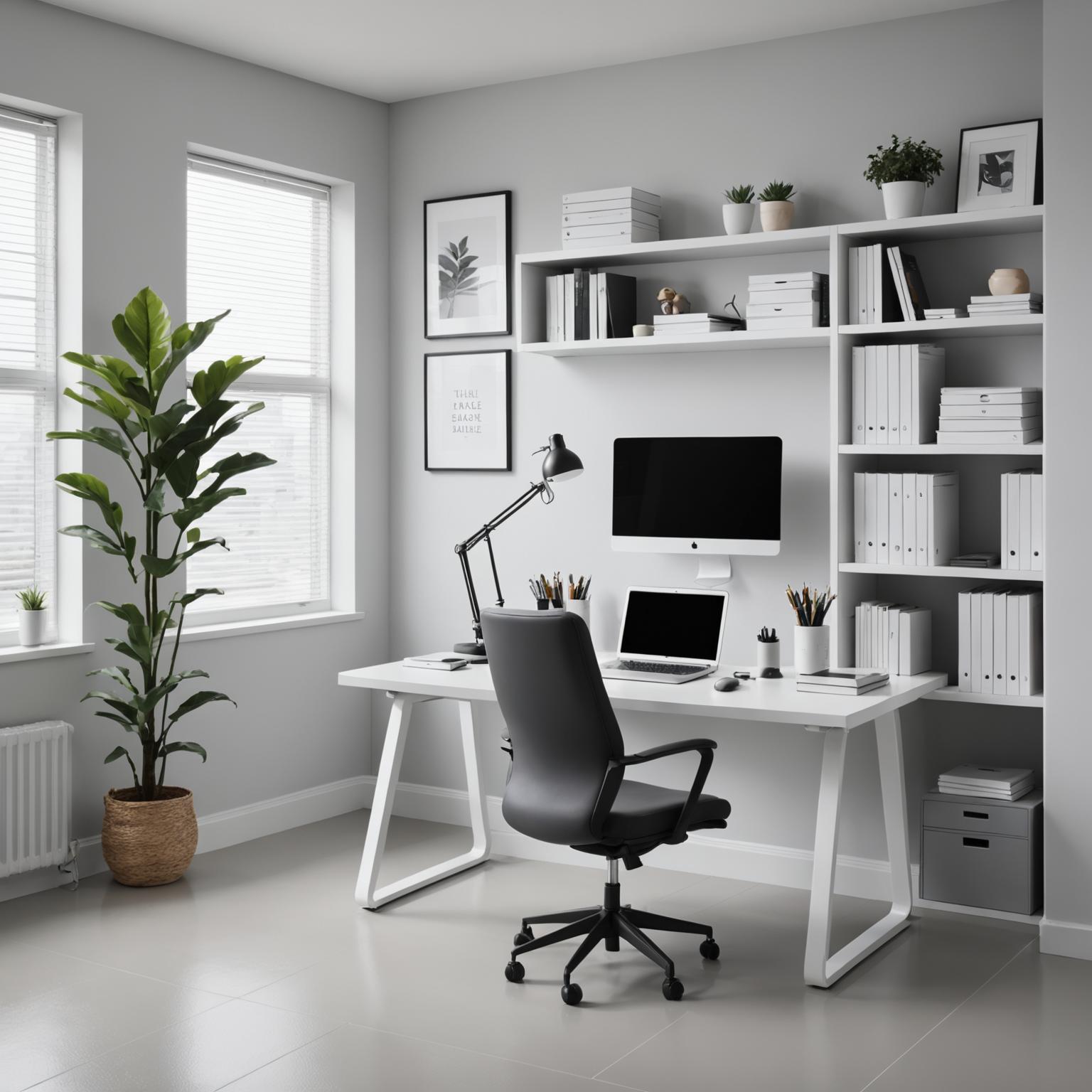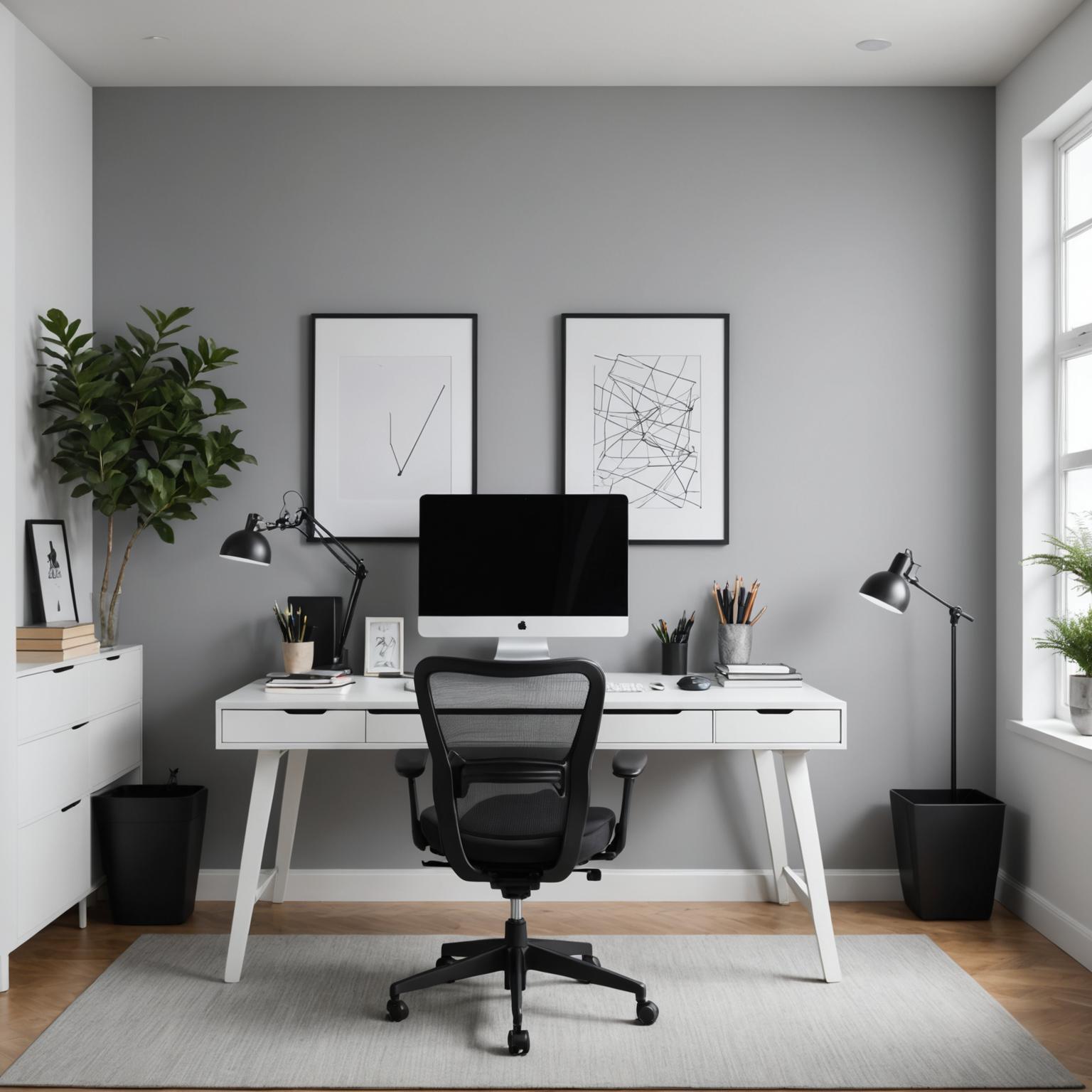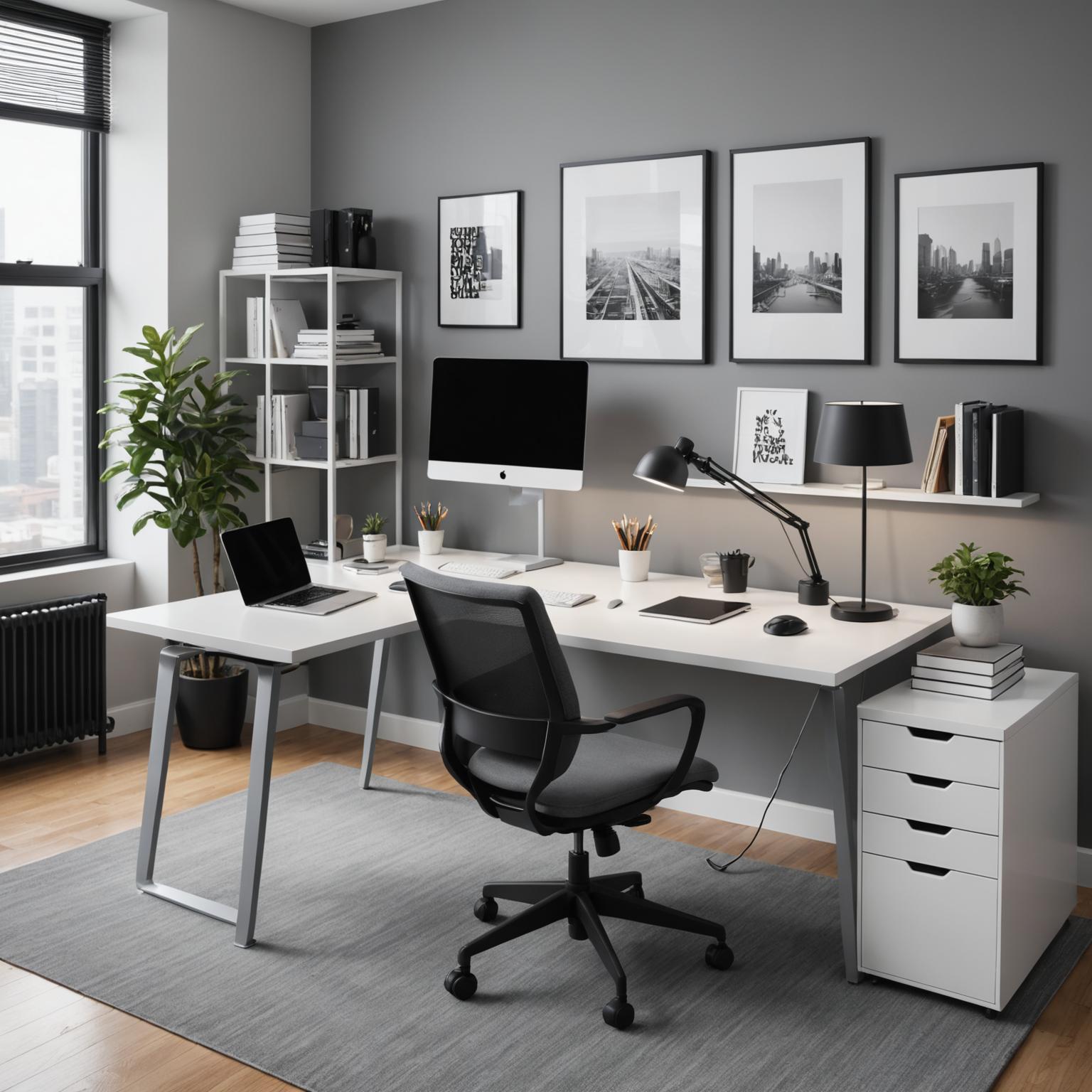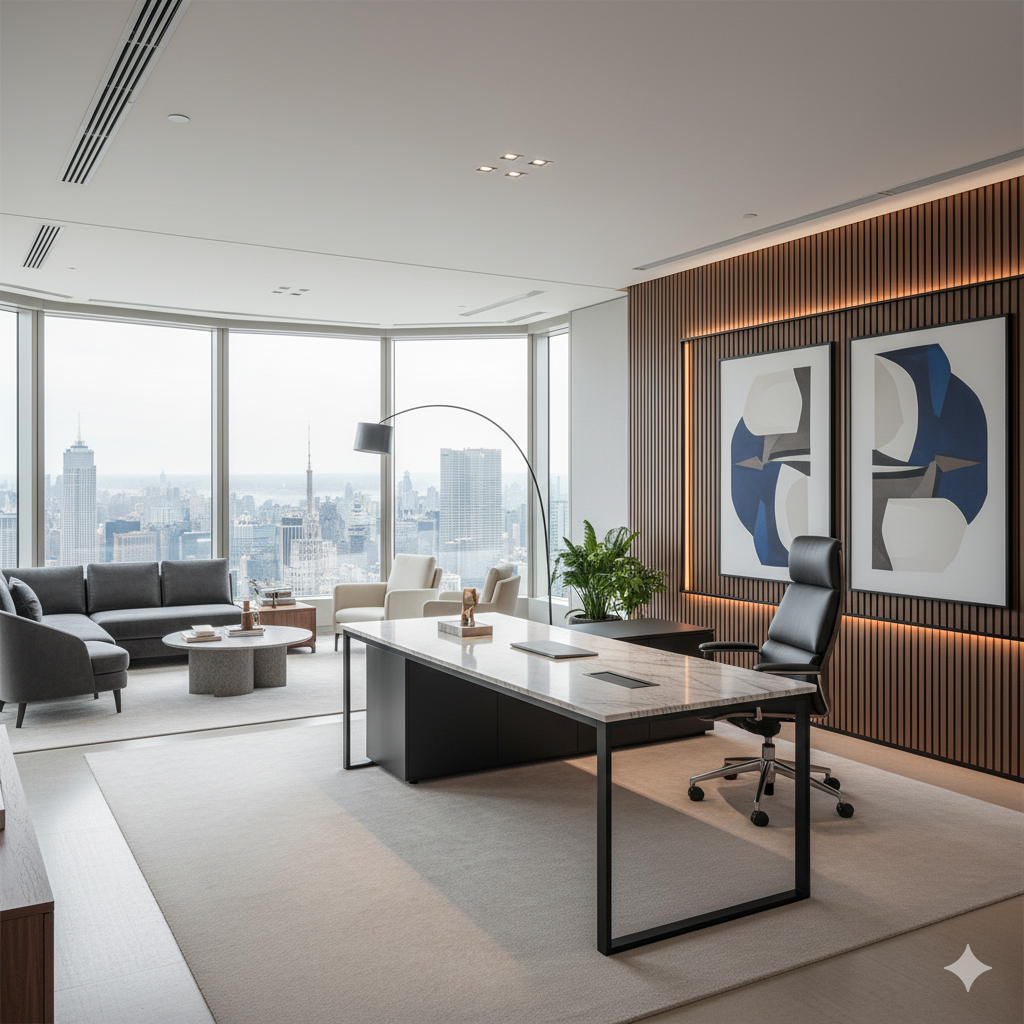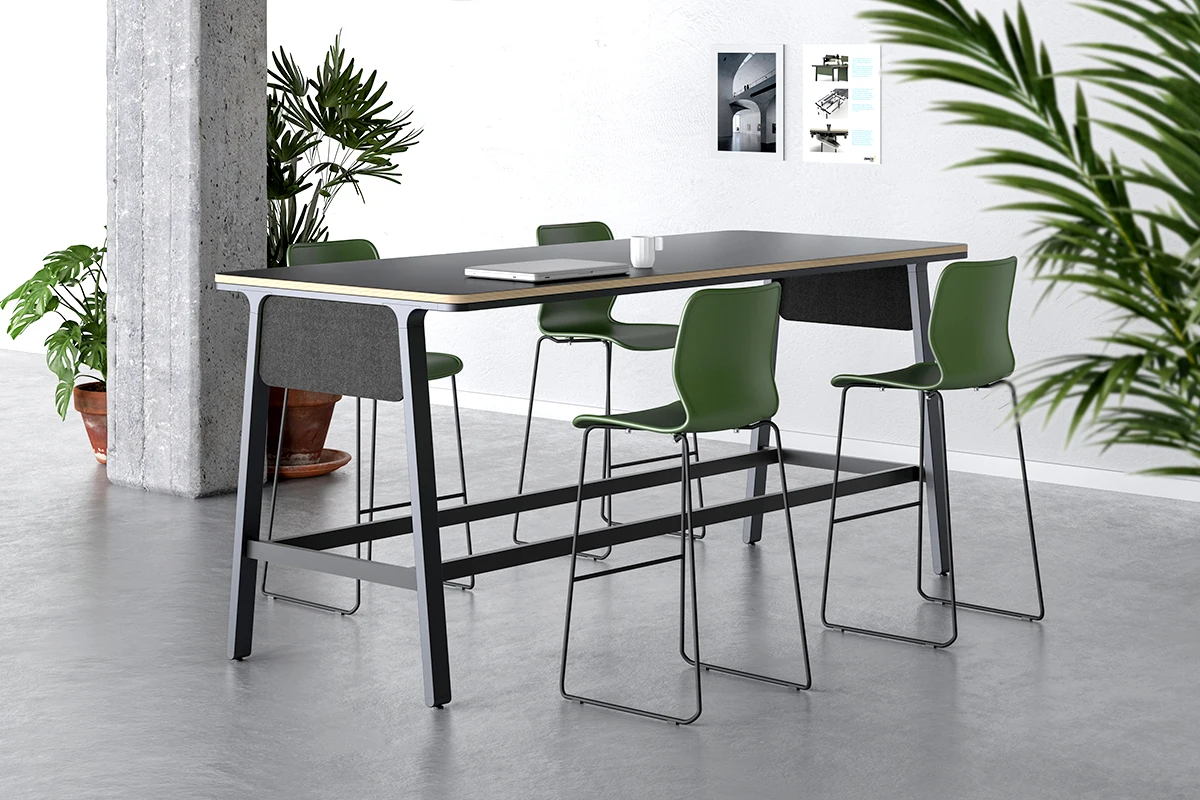
Why Traditional Furniture Manufacturing Can’t Meet Modern Office Needs
The modern workspace demands flexibility and human-centered design—something traditional furniture production often fails to deliver.
Conventional manufacturing still focuses on bulk production, where furniture is built as fixed, one-size-fits-all units.
This approach results in:
-
Limited adaptability when companies expand or reorganize.
-
High transportation and maintenance costs due to non-standardized parts.
-
Inefficient resource use, with leftover materials and mismatched finishes.
In contrast, a modern office furniture factory integrates modular systems, smart production, and precision assembly—turning manufacturing into a strategic part of workspace innovation.
The Technology Backbone Behind Modern Office Furniture Production
Today’s top factories combine digital modeling, automated cutting, and data-driven quality control to achieve consistent accuracy.
CNC machining ensures every joint, hinge, and connector fits perfectly across multiple batches.
Advanced ERP and PLM systems track every panel and component, reducing waste and ensuring alignment with global standards such as BIFMA, FSC, and ISO 9001.
The result is not just furniture—it’s a high-performance architectural element that supports comfort, movement, and brand identity.
Traditional Workshop vs. Modern Factory: A Structural Comparison
| Aspect | Traditional Workshop | Modern Office Furniture Factory |
|---|---|---|
| Production Method | Manual and batch-based | CNC-driven automated production |
| Design Process | Paper-based or static CAD | 3D digital modeling and modular design |
| Material Utilization | 15–20% waste rate | <5% waste with precision cutting |
| Product Consistency | Variable by craftsman | Uniform precision across global projects |
| Customization | Limited, slow turnaround | Scalable and configurable modules |
| Sustainability | Low emphasis | Closed-loop recycling and low-VOC coatings |
Factories like Siwares employ automation not to replace craftsmanship but to standardize precision, making large-scale customization possible without compromising design intent.
Engineering Value: Materials, Ergonomics, and Lifecycle Control
A true modern office furniture factory is an engineering ecosystem where each step—from sourcing to assembly—serves long-term performance:
-
High-density particle boards and reinforced steel frames provide structural stability for heavy-duty use.
-
Ergonomic testing ensures seating, height, and posture alignment minimize strain during long hours.
-
Acoustic and tactile materials enhance comfort in open-plan settings.
-
Powder-coated finishes and water-based adhesives support sustainability without sacrificing strength.
Lifecycle data collected from installed projects feed back into design refinement, allowing factories to continuously improve form, function, and environmental impact.
Practical Applications: How Modular Systems Adapt to Different Work Environments
| Workspace Type | Recommended System | Design Objective |
|---|---|---|
| Open Office Zones | Modular benching and shared-leg frames | Optimize density and collaboration without clutter. |
| Meeting & Collaboration Areas | Tables with power modules and acoustic panels | Enable seamless technology use and noise control. |
| Private Offices | Freestanding desks with integrated storage | Maintain privacy and efficiency for managerial roles. |
| Reception & Lounge Spaces | Upholstered modular seating | Create a welcoming, durable first impression. |
| Training or Multi-Function Rooms | Foldable desks and stackable chairs | Enable quick transformation between group formats. |
By standardizing connection interfaces, a modern factory can produce compatible components that support expansion or reconfiguration years later—minimizing waste and long-term cost.
Choosing the Right Furniture System for Your Project
Selecting furniture from a modern factory is less about style and more about system logic.
Here’s how to make the right match based on project goals:
| Project Type | Recommended Factory Output | Why It Works |
|---|---|---|
| Corporate Headquarters | Modular desking systems with consistent finishes | Delivers unified aesthetics and long-term scalability. |
| Startups or Co-Working Spaces | Reconfigurable workstations and mobile storage | Supports fast layout changes and team growth. |
| Education & Training Centers | Foldable modular systems | Maximizes space use during rotations or events. |
| Government or Institutional Projects | Certified, low-emission materials | Ensures compliance and long-term maintenance stability. |
Tip: Always request digital layout simulations and material samples before production.
A true modern factory provides full design transparency and lifecycle support—not just finished furniture.
Common Questions About Siwares as a Modern Office Furniture Factory
Q1: What technologies does Siwares use in production?
Siwares integrates CNC machining, automated edge banding, and digital quality tracking, ensuring every piece fits modular system standards with millimeter precision.
Q2: How does Siwares ensure product consistency across global projects?
Each design follows a centralized digital template, allowing uniform finishes, standardized hardware, and repeatable color matching across all manufacturing batches.
Q3: Is Siwares committed to sustainability?
Yes. The factory operates under ISO 14001 and uses FSC-certified wood, low-VOC coatings, and recyclable steel components to reduce its environmental footprint.
Q4: Can Siwares customize furniture according to specific corporate requirements?
Absolutely. Siwares offers OEM and ODM solutions, adjusting dimensions, finishes, and layouts according to project needs—while maintaining modular compatibility.
Q5: What kind of after-sales and technical support is available?
Siwares provides full lifecycle support: installation guidance, replacement parts, digital documentation, and remote consultation for reconfiguration or expansion.
Shaping the Future of Workspaces
A modern office furniture factory is more than a production line—it’s a bridge between engineering precision and workplace innovation.
By uniting modular design, sustainable materials, and digital manufacturing, factories like Siwares are setting a new benchmark for global office solutions.
To explore modular systems engineered for comfort and scalability, visit the Siwares Office Furniture homepage or connect with our team through the contact page for consultation and project design support.
